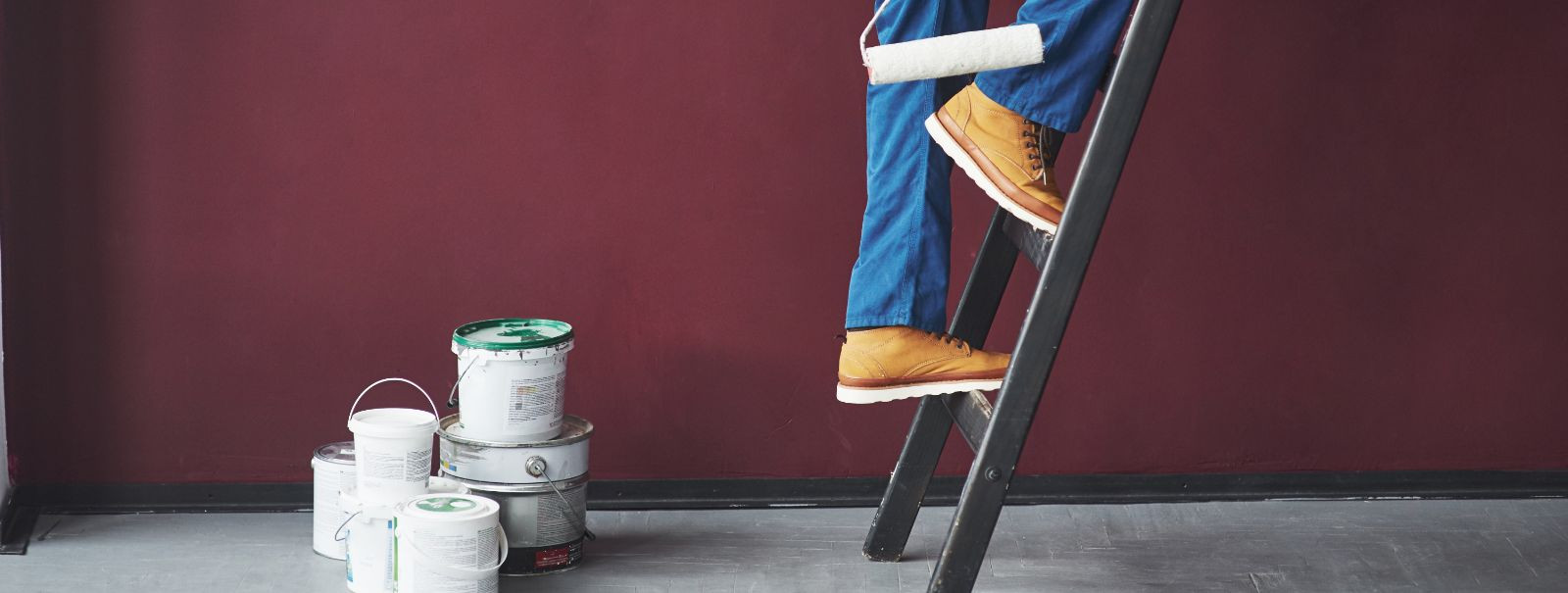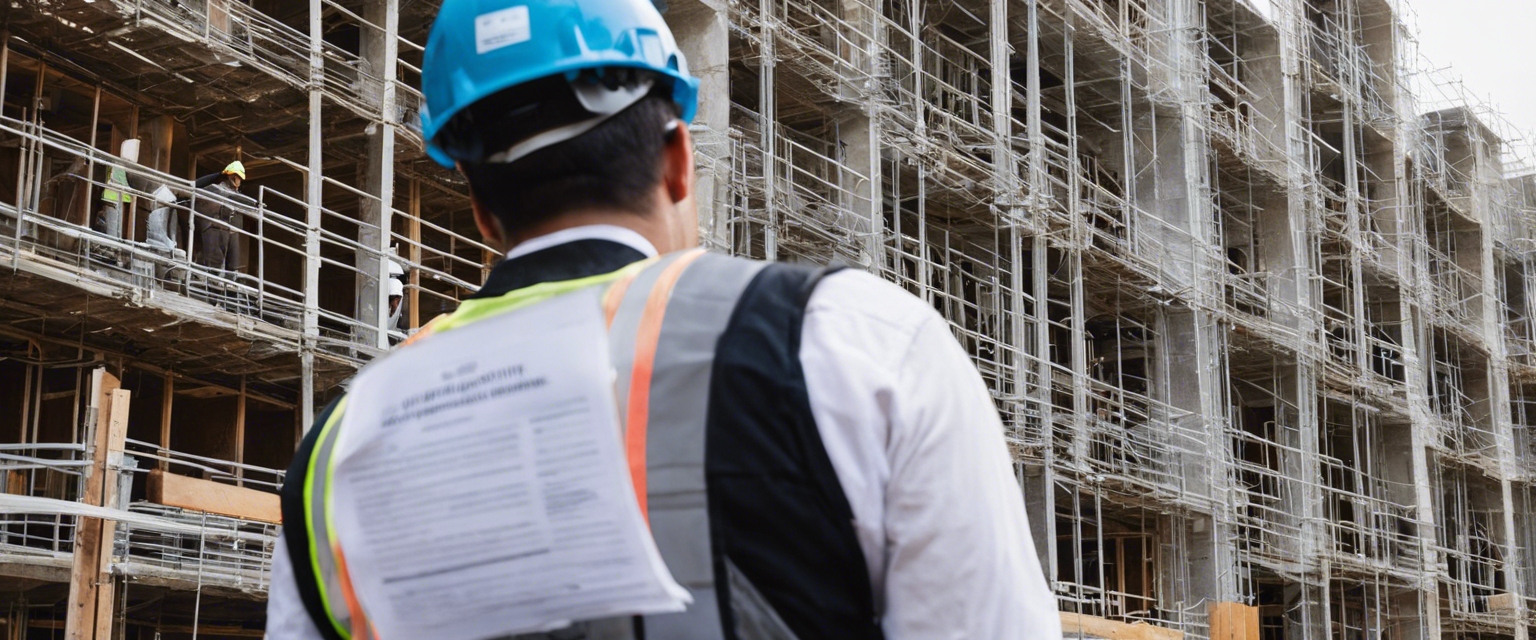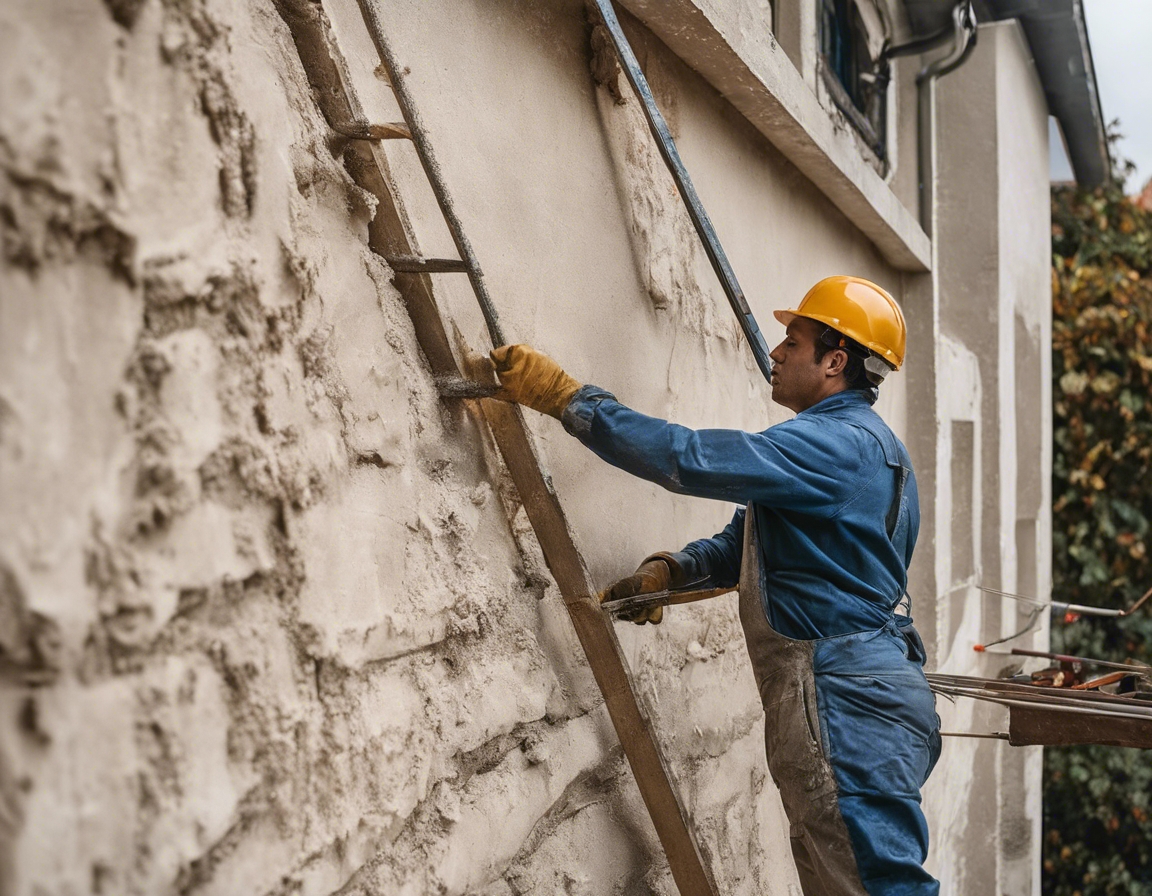The ultimate guide to residential building rehabilitation
Residential building rehabilitation is a critical process that involves the restoration and improvement of existing structures. It's an investment in the longevity and value of a property, ensuring that it meets current standards of safety, comfort, and efficiency. Rehabilitation can range from minor updates to major renovations, addressing both aesthetic and functional aspects of a building.
Property owners and managers may recognize the need for rehabilitation through signs of wear and tear, outdated features, or after a property has suffered damage. The goal is to restore the building to a safe and habitable condition while potentially enhancing its value and appeal.
Planning Your Rehabilitation Project
An initial assessment is crucial to understand the extent of work needed. This involves inspecting the property's structure, systems, and finishes to identify any issues that require attention.
Defining clear goals for the rehabilitation project helps in creating a focused plan. Whether it's improving functionality, increasing energy efficiency, or updating the design, having specific objectives will guide the renovation process.
Financial planning is essential for a successful rehabilitation project. A realistic budget should account for all costs, including materials, labor, permits, and contingencies for unexpected expenses.
Selecting a contractor with experience in residential rehabilitation is vital. MEIEPOISID OÜ offers expertise in managing complex projects, ensuring quality workmanship and adherence to timelines.
Key Aspects of Building Rehabilitation
Addressing the structural integrity of a building is a top priority. This may involve repairing foundations, beams, and columns, or reinforcing the structure to meet modern standards.
Upgrading electrical and plumbing systems not only improves safety but also enhances the functionality and efficiency of a home. Modern systems can also accommodate new technologies and appliances.
Energy efficiency is a key consideration in building rehabilitation. This can be achieved through better insulation, energy-efficient windows, and the installation of modern heating and cooling systems.
Rehabilitation projects offer the opportunity to update the look of a property. This can include painting, installing new flooring, or updating fixtures and finishes.
Ensuring the health and safety of occupants is paramount. This involves addressing issues like mold, lead paint, and asbestos, as well as installing smoke detectors and fire suppression systems.
Navigating Legalities and Permits
Every rehabilitation project must comply with local building codes and regulations. Familiarity with these requirements is essential to avoid legal complications.
Obtaining the necessary permits is a critical step in the rehabilitation process. MEIEPOISID OÜ can assist in navigating the permitting process, ensuring all work is legally compliant.
Executing the Rehabilitation Work
Before work begins, preparing the site and implementing safety measures is crucial to protect workers and the property.
Rehabilitation work is typically carried out in phases, from demolition to finishing touches. A well-planned schedule ensures that each phase progresses smoothly.
Throughout the rehabilitation process, quality control is essential. Regular inspections by qualified professionals ensure that the work meets all standards and objectives.
Maintaining Your Rehabilitated Property
After rehabilitation, regular maintenance is key to preserving the property's condition and value. This includes routine inspections and timely repairs.
Considering future trends and potential upgrades during rehabilitation can make a property more adaptable and resilient to changes over time.






Comments (0)